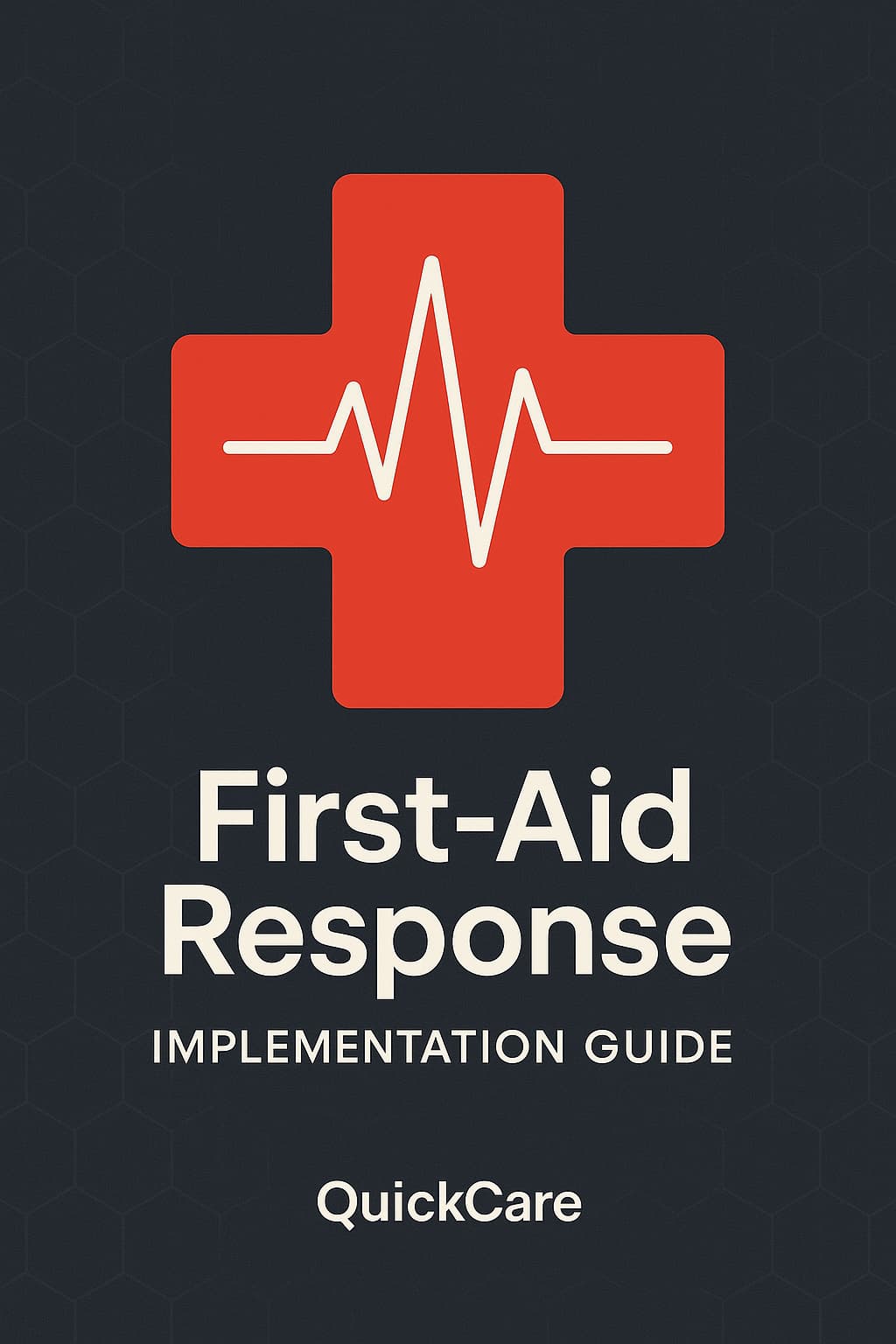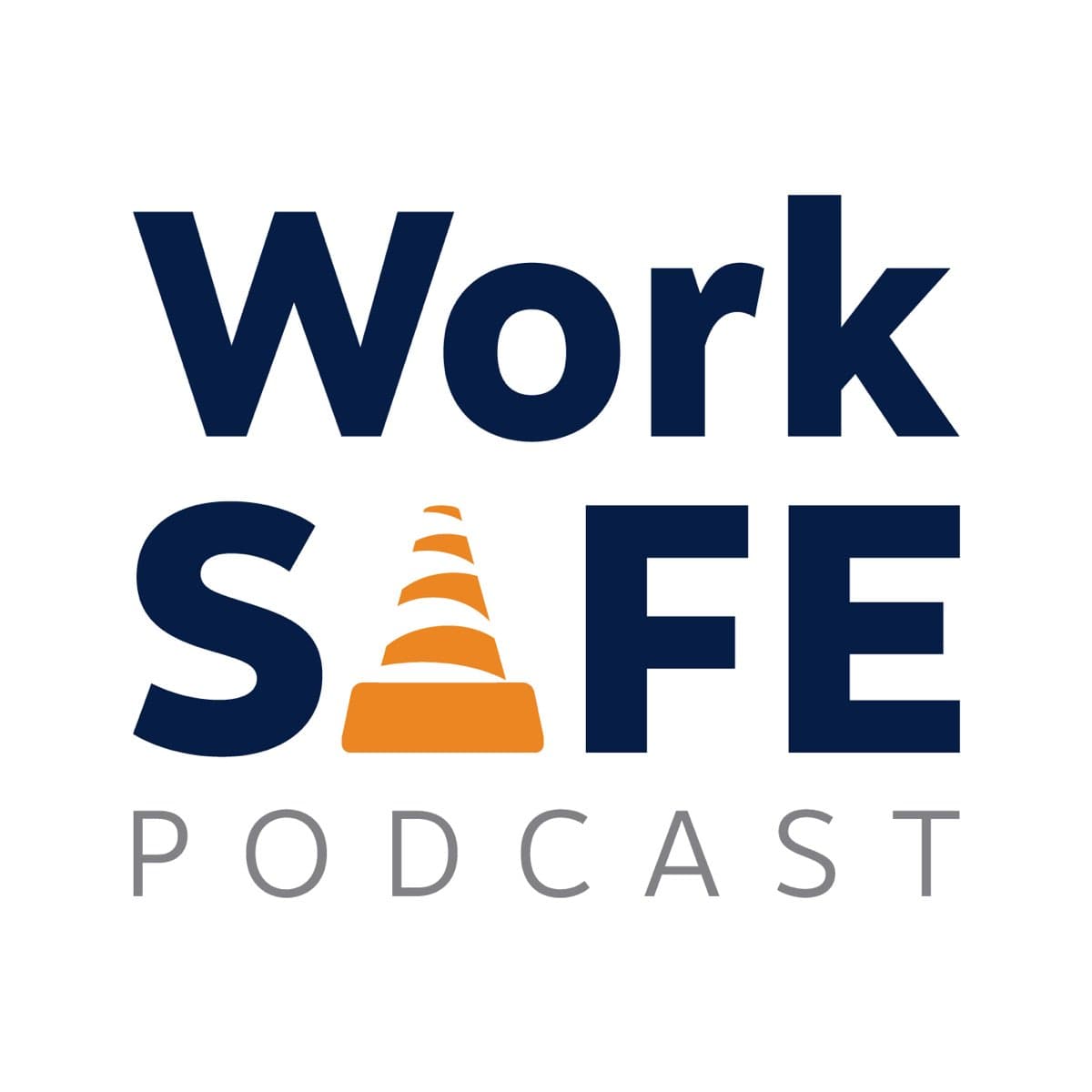The Impact of QuickCare's First-Aid Response
Discover how our innovative approach is revolutionizing workplace safety and boosting efficiency.
Explore our comprehensive range of safety products designed to protect your workforce and enhance workplace safety.
View all Products »Immediate on-site care for workplace injuries, reducing OSHA recordable incidents and costs
Learn MoreImmediate care for workplace injuries with on-site professional treatment
Comprehensive life-saving training for emergency situations
Comprehensive testing solutions for safer workplaces
OSHA-compliant testing to ensure proper respirator function
Our safety specialists can help create a tailored plan for your specific needs.
Discover tailored safety solutions to meet the unique needs of your industry, use case, and organization type.
View all Solutions »Reduce OSHA recordables with immediate injury response at your workplace
Learn MorePre-employment health screenings to document pre-existing conditions
On-site emergency medical response for quick injury management
Regular and random substance use testing for employees
CPR/AED & First-Aid training for emergency preparedness
Regular audiometric testing to protect employee hearing
Various safety and health services provided directly at the worksite
Safety solutions for building sites and projects
Comprehensive safety for production facilities
Safety measures for logistics and transit
Ensuring safety in medical environments
Safety solutions for farming and agricultural operations
Safety training and protocols for schools and universities
Safety measures for retail environments and customer service
Comprehensive safety solutions for large organizations
Safety solutions for government agencies and institutions
Tailored safety solutions for businesses with fewer than 500 employees
Flexible and scalable safety solutions for new businesses
Affordable safety solutions for charitable organizations
Safety training and protocols for schools and universities
Flexible, transparent pricing tailored to your workplace safety needs. Pay only for what you use, with no long-term contracts required.
View all Pricing Options »Professional on-site care for $525, saving up to 75% compared to ER visits
Learn MoreProfessional, on-site treatment for workplace injuries available 24/7
Comprehensive drug and alcohol testing for workplace safety
Complete respiratory protection assessment and certification
Combine multiple safety services for volume discounts of up to 20%. Contact our team for a custom quote.
Request Custom QuoteCustom pricing for organizations with 500+ employees or multiple locations
Affordable safety solutions specifically designed for businesses with under 100 employees
Special rates for government agencies, schools, and public service organizations
Estimate your safety service costs with our interactive calculator. Select your services and employee count for an instant quote.
No commitment required. Use our calculator to plan your safety budget.
Access comprehensive guides, technical documentation, and resources for QuickCare services. Find user manuals, step-by-step tutorials, and best practices tailored to your safety needs.
View all Resources »Step-by-step instructions for implementing and managing on-site first-aid response
View GuideTry searching for "fit testing" or "drug testing"

Our comprehensive guide to establishing an effective on-site first aid response program. Includes checklists, best practices, and compliance information.
Download PDFYour gateway to maximizing the value of QuickCare services. Access resources, success stories, and expert training to help achieve your safety and health goals.
Visit Client Success Hub »Comprehensive guides and resources to help you kickstart your QuickCare journey effectively.
Learn proven strategies for implementing QuickCare services in your organization.
Access our comprehensive library of product guides, technical documentation, and FAQ resources.
Gain valuable perspectives from QuickCare executives on industry trends and innovations.
Access expert insights and training to deepen your understanding of workplace safety.
Comprehensive video guides for utilizing QuickCare services and administering safety programs.
Join live and on-demand webinars featuring industry experts discussing workplace safety topics.
Enhance your team's credentials with our specialized safety certification courses.
Get answers to common questions and access troubleshooting resources for QuickCare services.
Connect with other safety professionals using QuickCare services to share best practices.
Access your dedicated account manager and get personalized assistance with your safety programs.
Explore QuickCare's service coverage across all Bay Area counties. View response times and check if your location is covered.
View Full Map »Contact us to check availability in your location or request service expansion.
Check AvailabilityGain valuable knowledge from industry leaders in workplace safety and health. Explore our curated content, engage with experts, and stay ahead of the curve.
Explore All Insights »Discover how our innovative approach is revolutionizing workplace safety and boosting efficiency.


Comprehensive analysis of the most common workplace safety violations
Interactive checklist to assess your workplace safety measures
Discover the people, values, and mission driving QuickCare Solutions' innovation in workplace safety.
Learn More About Us »Founded by safety professionals with a vision to transform workplace health services, our journey is rooted in innovation and commitment to excellence.
Read Our Story
Our guiding principles and future aspirations for workplace safety
Meet the visionaries and experts steering our company's growth
How we're revolutionizing workplace safety through technology
The values and principles that define our work environment
Our commitment to making a positive impact on communities we serve
Our industry certifications and commitment to regulatory standards
Professional respirator medical clearance services for regulatory compliance. Our ProTrain platform makes scheduling, tracking, and managing clearances simple for both companies and individuals.
Explore ProTrain »Meet OSHA compliance requirements with our end-to-end respirator clearance solution
Get StartedBook your clearance appointment online in minutes with our simple scheduling tool
Access and share your clearance records anytime through your secure dashboard
Never miss a renewal with automated notifications before your clearance expires
Complete lifetime record of your medical clearances, accessible on any device
Schedule multiple clearances at once with our efficient group booking system
Track company compliance status with detailed dashboards and real-time reporting
Gain insights with detailed reports on clearance status, renewals, and compliance rates
Connect with your existing HR systems through our secure API for seamless data flow
Comprehensive guide to QuickCare's Respirator Fit Testing service
Respirator fit testing is a critical procedure to ensure that an employee's respirator fits properly and provides the expected level of protection. It's not just a best practice—it's a requirement under OSHA standards for all tight-fitting respirators.
Proper fit is crucial because even small gaps between the respirator and the user's face can allow contaminants to enter, compromising the wearer's safety. Regular fit testing helps to:
OSHA standard 29 CFR 1910.134 requires that fit testing be conducted:
QuickCare offers two types of fit tests:
QuickCare Solutions provides comprehensive on-site respirator fit testing services to ensure your employees are properly protected and your organization remains compliant with OSHA regulations.
Our mobile fit testing units bring the laboratory to you, minimizing workplace disruption. We can conduct both qualitative and quantitative fit tests at your facility, accommodating your specific needs and schedule.
QuickCare utilizes industry-leading fit testing equipment, including:
All QuickCare fit testing technicians are certified and extensively trained. They not only conduct the tests but can also provide valuable guidance on respirator selection, use, and maintenance.
Understanding the fit testing process helps employees prepare and ensures smooth, efficient testing. Here's what to expect:
To ensure accurate results, employees should:
A typical fit test takes about 15-20 minutes per person for qualitative testing, and 20-30 minutes for quantitative testing. This can vary based on individual circumstances and the type of respirator being tested.
QuickCare's fit testing service can accommodate a wide range of respirator types. Here are the main categories:
Choosing the appropriate respirator depends on various factors:
Our technicians can provide guidance on respirator selection based on your specific workplace needs and hazard assessments.
QuickCare strives to make the scheduling process as convenient as possible for our clients.
Proper documentation is crucial for maintaining OSHA compliance and ensuring ongoing respiratory protection.
After each fit testing session, QuickCare provides:
OSHA requires that fit test records be retained until the next fit test is administered. Best practices include:
OSHA mandates that fit testing be conducted:
Proper use and maintenance of respirators between fit tests is crucial for ongoing protection.
For detailed information on respirator maintenance and care, refer to:
Find answers to commonly asked questions about respirator fit testing.
Have more questions? Contact our respiratory protection specialists for personalized assistance.
Contact UsIf you need further assistance or wish to schedule your respirator fit testing, our team is ready to help.
Speak with one of our respiratory protection specialists to discuss your fit testing needs.
Chat with an Expert